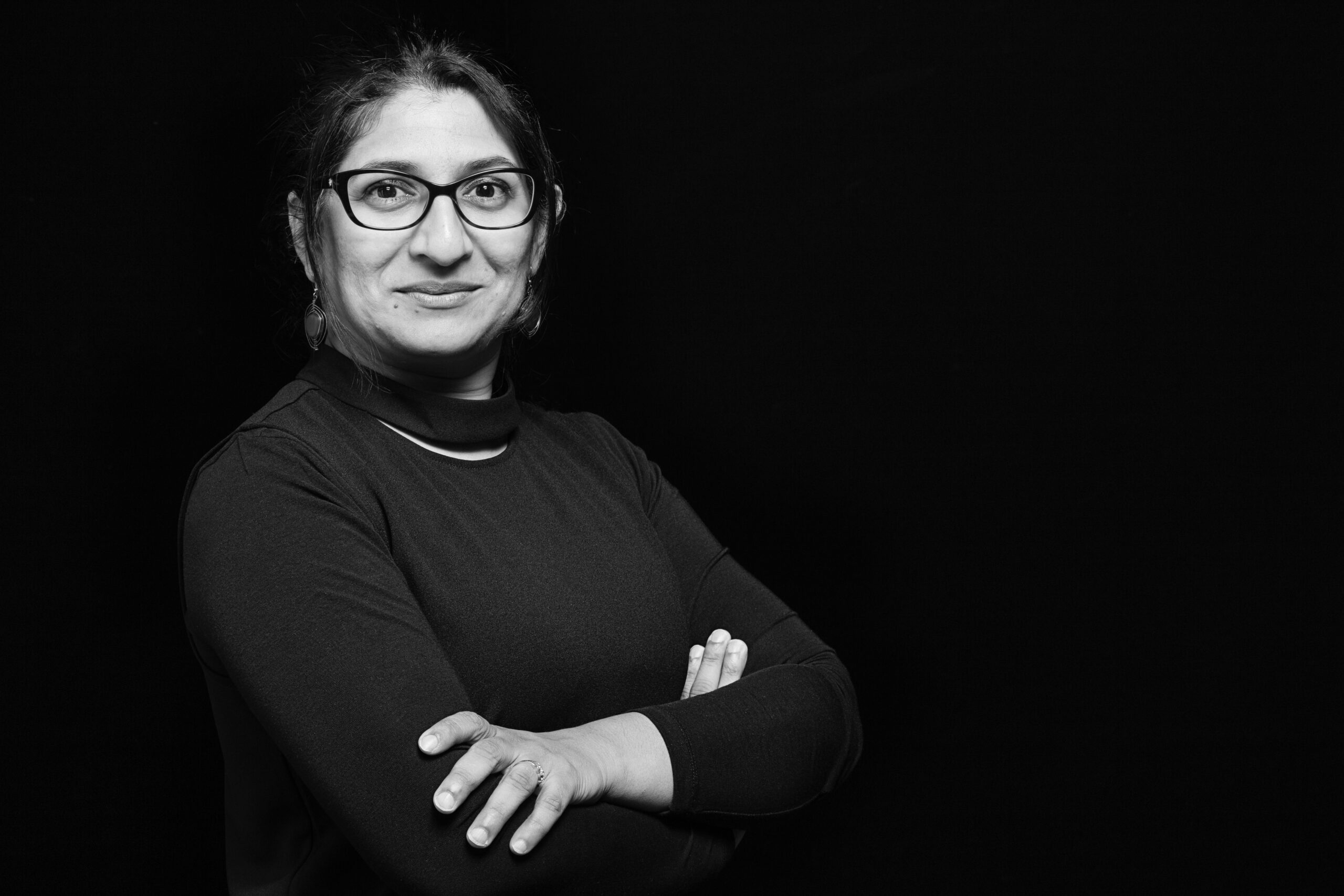
U-M Faculty Collaborate at Second Low Carbon Building R+D Initiative Workshop
On Friday, November 3, University of Michigan faculty and staff convened at Taubman College for a second workshop centered around the Low Carbon Building R+D Initiative. Participants in this multidisciplinary initiative include faculty members from the College of Engineering, the Taubman College of Architecture and Urban Planning and the School for Environment and Sustainability. Supported by a VPR-RAD Catalyst Grant from OVPR, the multidisciplinary initiative is a cross-unit collaboration led by three Associate Deans of Research: Kathy Velikov, professor at Taubman College; Eric Michielssen, Louise Ganiard Johnson Professor of Engineering in Electrical Engineering and Computer Science at the College of Engineering; and Bill Currie, professor at the School for Environment and Sustainability. Lead faculty on the initiative include associate professor Tsz Yan Ng from Taubman College and associate professors Brian Ellis and Evgueni Filipov from Civil & Environmental Engineering. The workshop aimed to build from conversations and research questions sparked from the previous workshop, which took place this past summer.
The Low Carbon Building R+D Initiative is a collaborative project that draws from the expertise of U-M faculty from various academic disciplines in order to lay the groundwork for the research and development of zero-carbon building solutions. “It is inspiring to see faculty from multiple fields building a strong and growing coalition to advance knowledge and practice on a topic of such importance to sustainability,” said Taubman College Dean Jonathan Massey. “If our faculty can help to decarbonize construction, it will aid countless companies and communities in curtailing climate change.” Along with its goals of research and development, the initiative also aims to help position U-M as a leader in carbon neutrality and low-carbon building innovations and aligns with the university’s goal to eliminate direct greenhouse gas emissions from campus by 2040.
The Low Carbon Building R+D Initiative works to integrate the ongoing concept of living labs into plans for low-carbon construction. Living labs are envisioned as a collaboration between faculty, researchers, and University Faculties and Operations that develop full-scale demonstrators that serve to provide a showcase for innovative techniques and materials, performance metrics, and data to accelerate the adoption of low-carbon building solutions while helping to mitigate risks in context to costs, construction codes, policies and supply chain shortages. Conversation from the previous Low Carbon Building R+D workshop, held last June, outlined research questions, potential partners and funders for each living lab and their potential future projects.
The goals of this most recent Low Carbon Building R+D Initiative workshop were to 1. Identify specific research areas to prioritize based on research capacity and funding landscape, 2. Take stock of current research strengths at U-M and identify gaps that need to be addressed and 3. Identify potential external industry partners and stakeholders to engage. The workshop was organized into three principal events: a presentation from Martin Gonzenbach, managing director of the Smart Living Lab at the Swiss Federal Institute of Technology Lausanne, and two brainstorming sessions. The brainstorming sessions aimed to facilitate conversation amongst faculty about the role of the living labs in moving carbon neutrality on campus forward while narrowing the scope of the initiative to jump-start future research and development. As Associate Dean Currie noted, “This brainstorming and sharing of ideas is a wonderful example of SEAS, Taubman College and the College of Engineering working together to help shape research priorities for U-M in the climate adaptation space.”
Discussion during the brainstorming sessions revolved around U-M’s strengths as a university and how those strengths can be leveraged collectively toward developing impactful carbon reduction solutions. Research domains discussed include construction automation, workforce development, emergent research on novel construction techniques, sensing technology and data science.
Throughout their discussion of U-M’s research strengths and the role of living labs in facilitating low-carbon building, workshop participants worked to build from the broad research questions raised at previous workshops and move toward outlining specific ideas and goals for future research. One potential research area raised by participants connects to U-M’s automated construction resources and research in new construction techniques — faculty discussed future investigation into novel materials for low-carbon construction, such as biomaterials, which could contribute to the circular construction process and further construction innovation. Faculty also discussed opportunities to build from U-M’s established data science and sensor technology research and resources; further research into building life cycle analysis and carbon accounting could fill the current gaps in data and fulfill the current need for reliable metrics and tools for analysis.
The workshop’s brainstorming session led to dialogues regarding strategies and research topics that would aid in low-carbon construction not only within the U-M community but in the greater Ann Arbor area as well. Amidst discussions about retrofitting U-M buildings, a topic that was also touched on at the first workshop, faculty members also highlighted targets for living lab research and development such as Ann Arbor Public School buildings.
With this second Low Carbon Building R+D Initiative workshop, faculty continue to lay groundwork for future research and low-carbon construction projects. Moving forward, leaders on the initiative aim to build from these brainstorming sessions and work on more targeted planning and development, reaching out to specific potential contributors and seeking feedback from other universities.
View the original article written by Annabel Curran.









